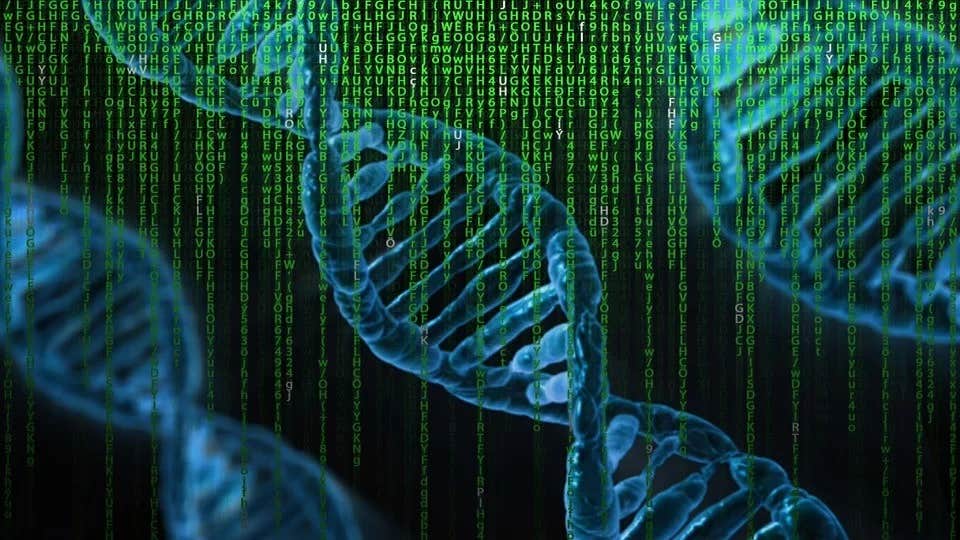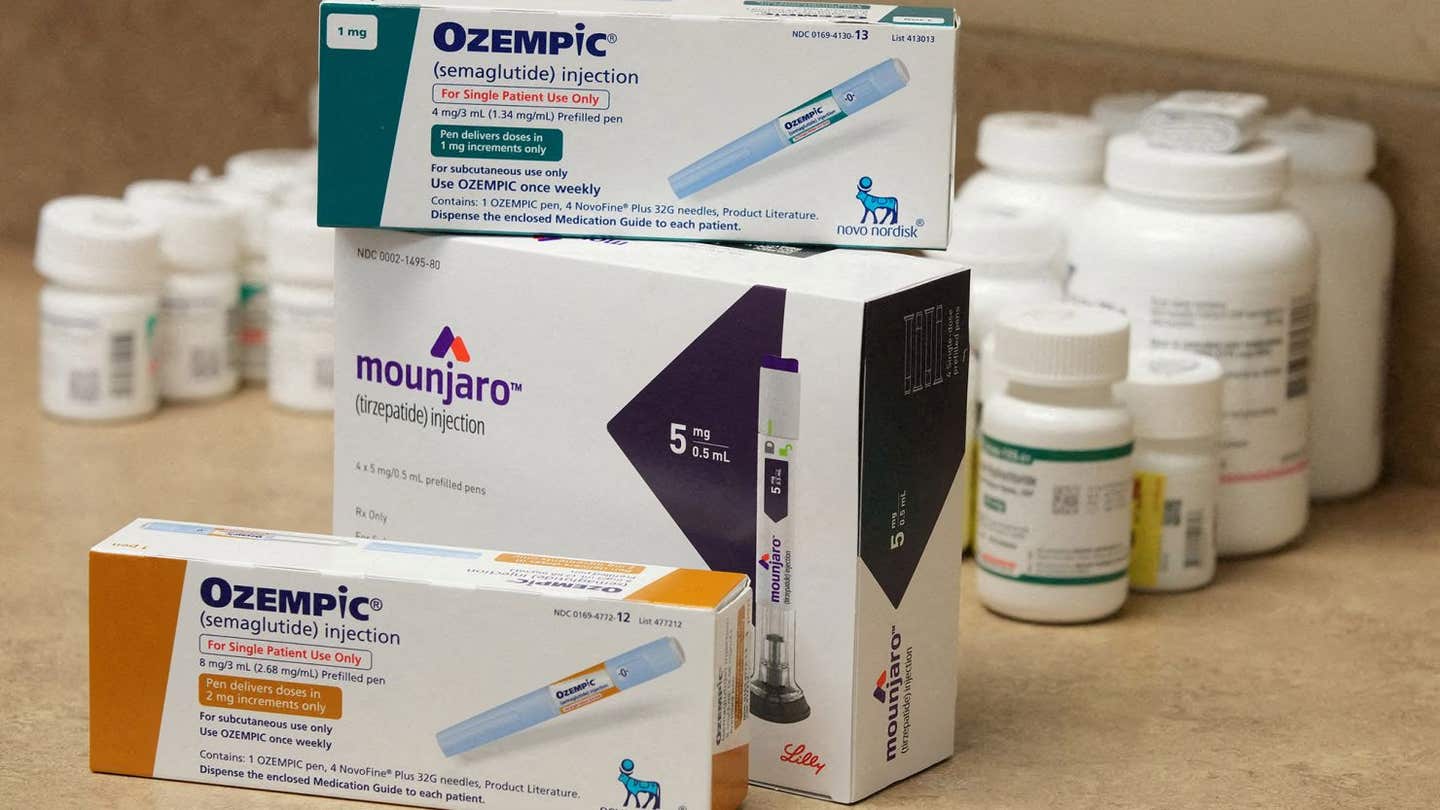Super-fast DNA-based computer can run 100 billion parallel algorithms
In the ever-evolving world of computer technology, the fusion of biology and electronics is driving groundbreaking research.

[Sept. 14, 2023: Staff Writer, The Brighter Side of News]
In the ever-evolving world of computer technology, the fusion of biology and electronics is driving groundbreaking research. (CREDIT: Creative Commons)
In the ever-evolving world of computer technology, the fusion of biology and electronics is driving groundbreaking research.
At the center of this revolution is a liquid computer that can run over an astounding 100 billion different circuits, using DNA strands as its main component. This transformative approach might soon play a pivotal role in diagnosing diseases within living cells.
DNA: More than just the Blueprint of Life
Most of us understand DNA as the building block of life, containing instructions that make up every living organism. But Dr. Fei Wang at Shanghai Jiao Tong University in China and his research team are exploring its potential as a component in computer circuits, envisioning DNA molecules acting as the wires, wiring instructions, and even the electrons.
In a conventional computer, when you key in a command, it signals electrons to travel through a designated path on a silicon chip. This specific electron path configuration represents different mathematical operations. Consequently, introducing more functions to computer chips necessitates adding more of these paths.
Related Stories
However, Dr. Wang and his team envisioned a different, biological approach.
Rather than relying on traditional wiring, the researchers investigated the potential of DNA. They strategized how to merge short segments of DNA to craft larger structures, which could operate as circuit components. These structures could act as the wiring itself or function to guide the wiring, ensuring stable molecular connections.
The practical application involved filling tubes with DNA strands and a buffer fluid, then allowing the strands to connect, forming more complex molecules through chemical reactions. The team incorporated fluorescence markers into all the molecules, enabling monitoring of the circuit's activity based on the glowing of its parts.
DNA-based Programmable Arrays (DPGA)
The fundamental building blocks of this innovative computer are termed DNA-based programmable arrays (DPGA). With each DPGA designed to support over 100 billion unique circuits, researchers can customize its function by adding specific short molecules.
Schematic workflow of DPGA programming. (CREDIT: Nature)
In one of their notable experiments, the team linked three DPGAs, composed of about 500 DNA strands, creating a circuit capable of solving quadratic equations. In another experiment, they developed a circuit designed for calculating square roots. Inputs were added through specific molecules, which then interacted with the circuit's molecules in a manner comparable to electrons traveling through wires.
The circuit's output was identified in the molecules resulting from the final reaction. These molecules' fluorescent glow provided the means for the researchers to decode the results.
Nonlinear KIRC classification using integrated DPGAs. (CREDIT: Nature)
A Beacon of Hope in Medical Diagnostics
Beyond mere mathematical calculations, the research's most promising application lies in medical diagnostics. Using similar techniques, the team crafted a DPGA capable of differentiating between various small RNA molecules, particularly identifying those associated with a specific renal cancer.
This experiment epitomizes the ultimate goal of the DPGA technology. DNA's inherent compatibility with biological systems positions it as a potential tool for "intelligent diagnostics of different kinds of diseases," according to Dr. Wang. The diagnostic devices based on DPGA technology promise unparalleled parallel processing capabilities and energy efficiency.
DPGA reconfiguration for multitask operation. (CREDIT: Nature)
Looking Ahead
While the technology remains in its nascent stage, the potential implications are vast. As the realm of DNA computing expands, we could soon witness revolutionary advancements in medical diagnostics. Imagine a future where doctors can detect diseases seamlessly by merely analyzing the glow of molecules in our body fluids, or even from within our cells. With pioneers like Dr. Wang and his team at the helm, such a future may not be far off.
Dr. Wang optimistically stated, "DPGA-based diagnostic devices would be highly parallel and energy efficient." As science pushes the boundaries of possibility, it's clear that the intersection of biology and technology offers a hopeful path forward, promising transformative benefits for healthcare and beyond.
Note: Materials provided above by The Brighter Side of News. Content may be edited for style and length.
Like these kind of feel good stories? Get the Brighter Side of News' newsletter.
Joseph Shavit
Head Science News Writer | Communicating Innovation & Discovery
Based in Los Angeles, Joseph Shavit is an accomplished science journalist, head science news writer and co-founder at The Brighter Side of News, where he translates cutting-edge discoveries into compelling stories for a broad audience. With a strong background spanning science, business, product management, media leadership, and entrepreneurship, Joseph brings a unique perspective to science communication. His expertise allows him to uncover the intersection of technological advancements and market potential, shedding light on how groundbreaking research evolves into transformative products and industries.



